#bixie
Text
20 notes
·
View notes
Text

stinky dog
#bixie#you shou yan#fabulous beasts#fanart#pixiu#blows the dust off my art blog: is anyone still here? hello?#yellow draws
20 notes
·
View notes
Text




You shou yan season 3 ending credits
53 notes
·
View notes
Text
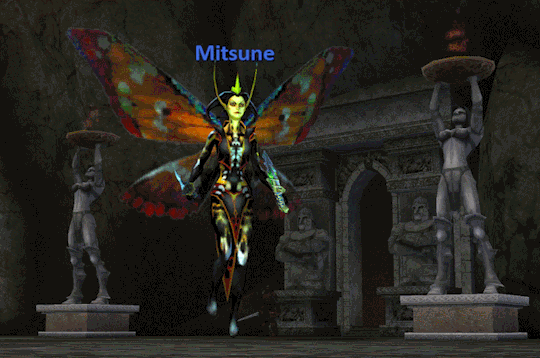
More futtering around as a Bixie Queen.
The reduced GIF colors make the background look like an 90ties video game.
3 notes
·
View notes
Text
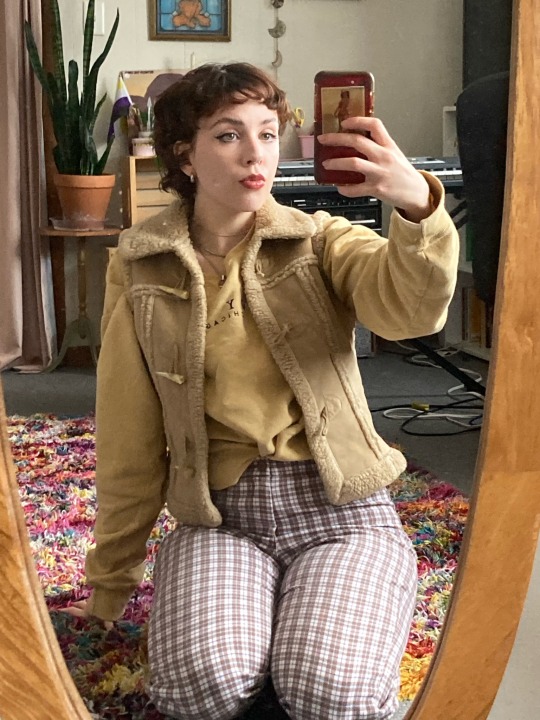
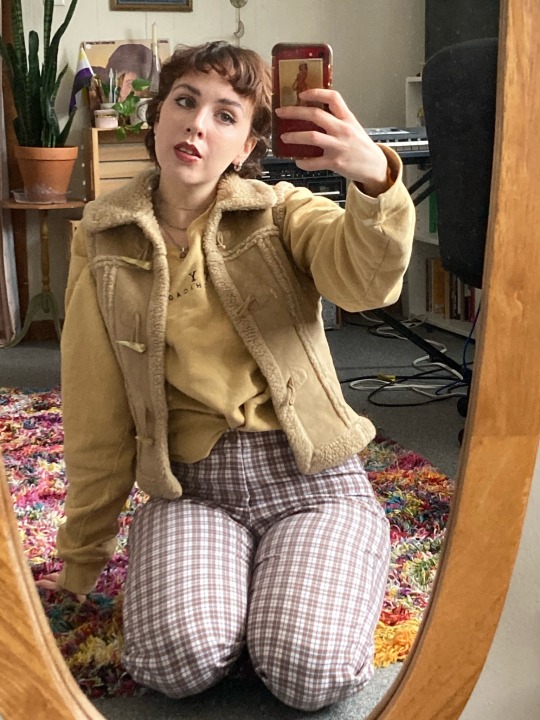
I finally like my haircut a little more :’)
16 notes
·
View notes
Text
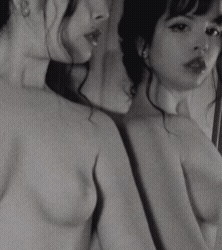
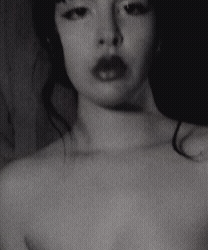




╭─────── model: @bixizi
╰─ 𝑩𝒆𝒚𝒐𝒏𝒅 𝒕𝒉𝒆 𝒎𝒊𝒓𝒓𝒐𝒓 🖤🖤🖤
#bixi zi#artists on tumblr#photography#black and white#art#gifs#photographers on tumblr#noir#vintage#aesthetic
4K notes
·
View notes
Text
youtube




Get the Perfect Look with Short Bixie / Pixie Bob Haircuts: Layering, Wispy Texture, and Gorgeous Highlights - Vern Hairstyles 92
No reason not to hit like! 🔥๛🔥๛🔥๛
⚡️ Bixie hairstyle is causing a sensation in European and American fashion circles
Bixie =「Pixie + Bob」
#women hairstyles#haircut tutorial#salon equipment#video#hair trendy#hair tools#hairdressing#hairstylish#hair transportation#salon shears#vern scissors#vern shears#Bixie#hairstyle#Youtube
0 notes
Photo

中山门.辟邪 #南京 #bixie #cityemblem #nanjing “Bixie" is a creature in Chinese mythology that is believed to have the ability to ward off evil spirits and bring good luck. #streetview #streetphotography #travelinchina #travelchina #travelblog #traveladdict #traveller #travellife #brick #travel2china #discoverchina #mychinagram #chinatravel #chinatrip #captchina (at 中山门 Zhongshan Gate) https://www.instagram.com/p/CqMCkKevk1P/?igshid=NGJjMDIxMWI=
#南京#bixie#cityemblem#nanjing#streetview#streetphotography#travelinchina#travelchina#travelblog#traveladdict#traveller#travellife#brick#travel2china#discoverchina#mychinagram#chinatravel#chinatrip#captchina
0 notes
Text
Updated: Sonic the Hedgehog #72 Preview





Script: Evan Stanley (@spiritsonic/@evanstanleyportfolio)
Pencils: Aaron Hammerstrom (@aaronhamm)
Inks: Matt Froese
Colors: Reggie Graham (@ziggyfin)
Letters: Shawn Lee
Associate Editor: Bixie Mathieu
Editor: Thea Cheuk
Production Design: Johanna Nattalie
#Sonic the Hedgehog#IDW#IDW Publishing#IDW Sonic#Clutch the Opossum#Surge the Tenrec#Kit the Fennec#Kitsunami the Fennec#Evan Stanley#Aaron Hammerstrom#Matt Froese#Reggie Graham#Shawn Lee#Bixie Mathieu#Thea Cheuk#Johanna Nattalie#preview pages
876 notes
·
View notes
Text
Stone Turtle of Karakorum, Mongolia, c. 1235-1260 CE: this statue is one of the only surviving features of Karakorum, which was once the capital city of the Mongol Empire
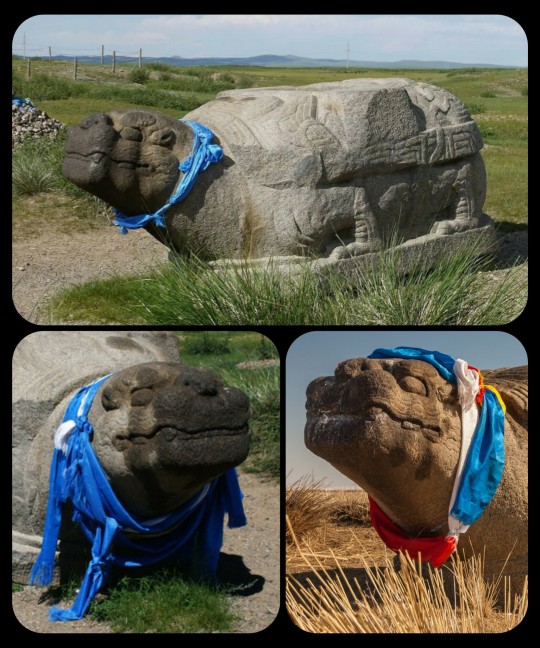
The statue is decorated with a ceremonial scarf known as a khadag (or khata), which is part of a Buddhist custom that is also found in Tibet, Nepal, and Bhutan. The scarves are often left atop shrines and sacred artifacts as a way to express respect and/or reverence. In Mongolia, this tradition also contains elements of Tengrism/shamanism.
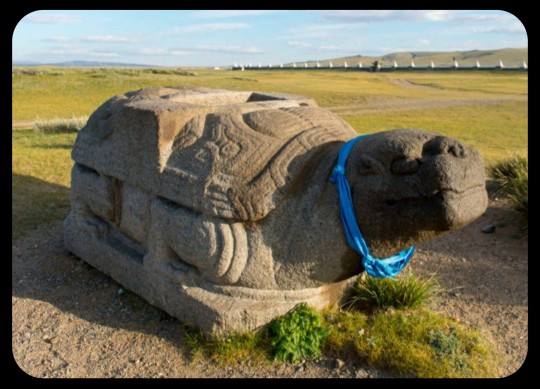
The city of Karakorum was originally established by Genghis Khan in 1220 CE, when it was used as a base for the Mongol invasion of China. It then became the capital of the Mongol Empire in 1235 CE, and quickly developed into a thriving center for trade/cultural exchange between the Eastern and Western worlds.
The city attracted merchants of many different nationalities and faiths, and Medieval sources note that the city displayed an unusual degree of diversity and religious tolerance. It contained 12 different temples devoted to pagan and/or shamanistic traditions, two mosques, one church, and at least one Buddhist temple.
As this article explains:
The city might have been compact, but it was cosmopolitan, with residents including Mongols, Steppe tribes, Han Chinese, Persians, Armenians, and captives from Europe who included a master goldsmith from Paris named William Buchier, a woman from Metz, one Paquette, and an Englishman known only as Basil. There were, too, scribes and translators from diverse Asian nations to work in the bureaucracy, and official representatives from various foreign courts such as the Sultanates of Rum and India.
This diversity was reflected in the various religions practised there and, in time, the construction of many fine stone buildings by followers of Taoism, Buddhism, Islam, and Christianity.
The prosperous days of Karakorum were very short-lived, however. The Mongol capital was moved to Xanadu in 1263, and then to Khanbaliq (modern-day Beijing) in 1267, under the leadership of Kublai Khan; Karakorum lost most of its power, authority, and leadership in the process. Without the resources and support that it had previously received from the leaders of the Mongol Empire, the city was left in a very vulnerable position. The residents of Karakorum began leaving the site in large numbers, until the city had eventually become almost entirely abandoned.
There were a few scattered attempts to revive the city in the years that followed, but any hope of restoring Karakorum to its former glory was then finally shattered in 1380, when the entire city was razed to the ground by Ming Dynasty troops.
The Erdene Zuu Monastery was later built near the site where Karakorum once stood, and pieces of the ruins were taken to be used as building materials during the construction of the monastery. The Erdene Zuu Monastery is also believed to be the oldest surviving Buddhist monastery in Mongolia.
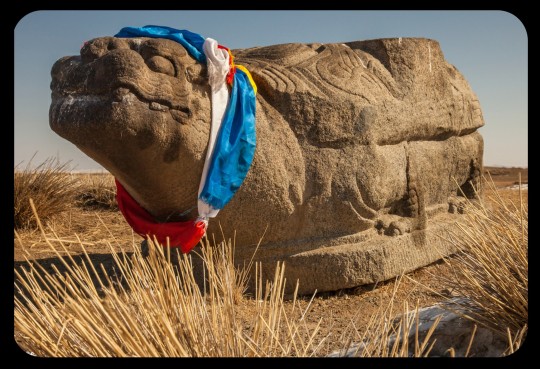
There is very little left of the ruined city today, and this statue is one of the few remaining features that can still be seen at the site. It originally formed the base of an inscribed stele, but the pillar section was somehow lost/destroyed, leaving nothing but the base (which may be a depiction of the mythological dragon-turtle, Bixi, from Chinese mythology).
This statue and the site in general always kinda remind me of the Ozymandias poem (the version by Horace Smith, not the one by Percy Bysshe Shelley):
In Egypt's sandy silence, all alone,
stands a gigantic leg
which far off throws the only shadow
that the desert knows.
"I am great OZYMANDIAS," saith the stone,
"the King of Kings; this mighty city shows
the wonders of my hand."
The city's gone —
naught but the leg remaining
to disclose the site
of this forgotten Babylon.
We wonder —
and some Hunter may express wonder like ours,
when thro' the wilderness where London stood,
holding the wolf in chace,
he meets some fragment huge
and stops to guess
what powerful but unrecorded race
once dwelt in that annihilated place
Sources & More Info:
University of Washington: Karakorum, Capital of the Mongol Empire
Encyclopedia Britannica: Entry for Karakorum
World History: Karakorum
#archaeology#history#anthropology#artifact#ancient history#mongol empire#mongolia#karakorum#middle ages#ancient ruins#art#turtle#bixi#ozymandias#poetry#mythology#genghis khan
234 notes
·
View notes
Text
Bath time
81 notes
·
View notes
Text

I've got to break free
I want to break free, yeah
I want, I want, I want, I want to break free
Feeling like a queen today with my Bixie Queen illusion. The Visage of Queen Pelzia is an Legends of Norrath loot card from the second expansion Forsworn.
1 note
·
View note
Text
Happy Dracones Monday! Asian Turtle Dragon

Happy Dracones Monday! Today's dragon is the Asian Turtle Dragon, a dragon found in freshwater habitats in East Asia. Pictured here is a male, displaying a nest of golden eggs in a riverbank. If female turtle dragons see that he is a good father, they are more likely to mate with him.
Tinamou birds in the real world have brightly coloured shiny eggs because they use a similar strategy of sexual selection. In Dracones Mundi, my worldbuilding project, this sort of display is ancestral to all dragons, which is why dragon eggs are golden or pearlescent, whether or not the species also does this display behaviour. Dragons therefore associate shiny surfaces with eggs and will guard shiny objects protectively.
I've named this dragon Asian Turtle Dragon; in this project there are also African and European Turtle dragons, stay tuned to find out more (I post a new dragon design every Monday @draconesmundi )
71 notes
·
View notes


